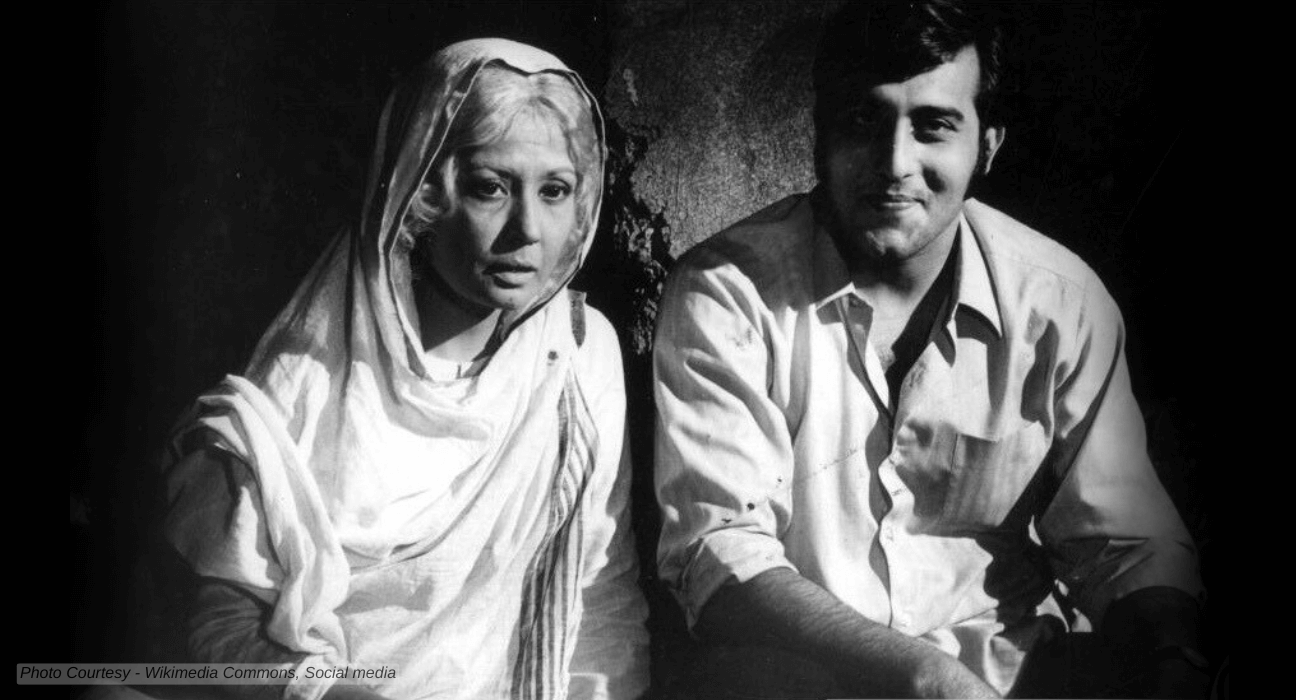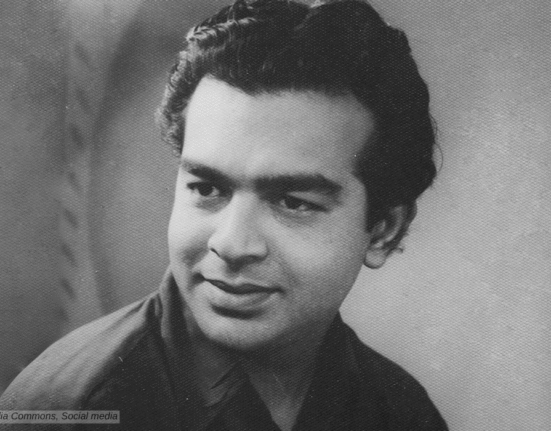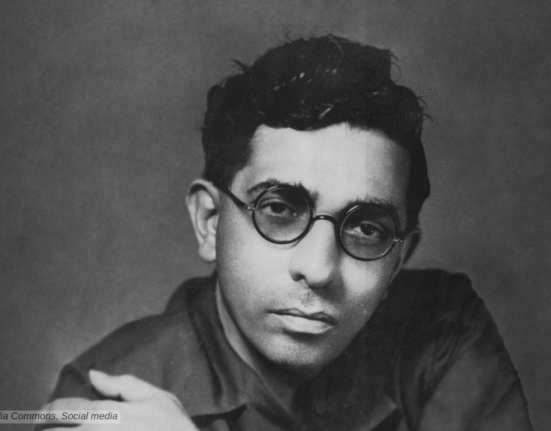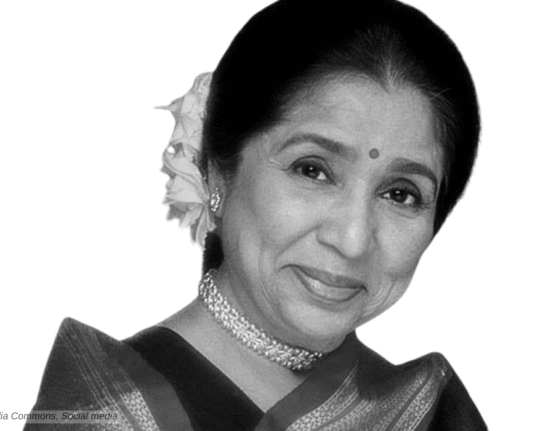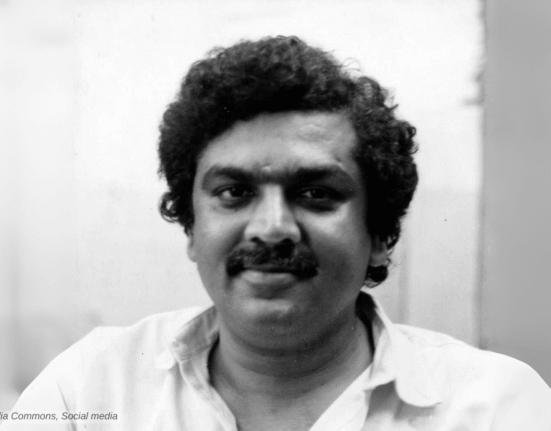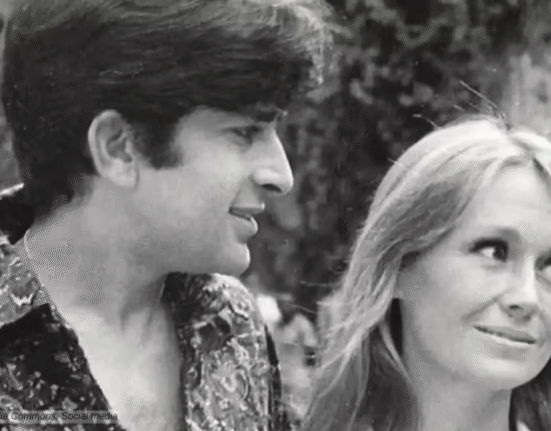When I think about Meena Kumari, I always think of a beautiful, friendly face with heavy-lidded eyes who speaks for themselves and a compassionate smile, which gives the air of a friendly, kind woman, but thinking of her as a frail old lady is always difficult. For that sole reason, I stayed away from “Mere Apne” for a long time because I was not ready to watch her as an old person.
But at last, I made up the courage and watched it. I am sharing my opinion on Tasweermhal. Directed by Gulzar, the film is a Hindi adaptation of the Bengali film ‘Apanjan’ directed by Tapan Sinha, which was based on the story of “Indra Mitra.”
The Story About Human Relationshiops
In Mere Apne, Meena Ji played “Anandi Devi,” which is a metaphor for the hard-earned freedom, olden traditions, and the connecting bond of human society. The story starts in a small village where Anandi Devi lived alone. One day, a distant relative visited to take her to the city under the pretext of taking care of her. But reality struck when, in the city, she found herself in the midst of urban chaos and familial betrayal.
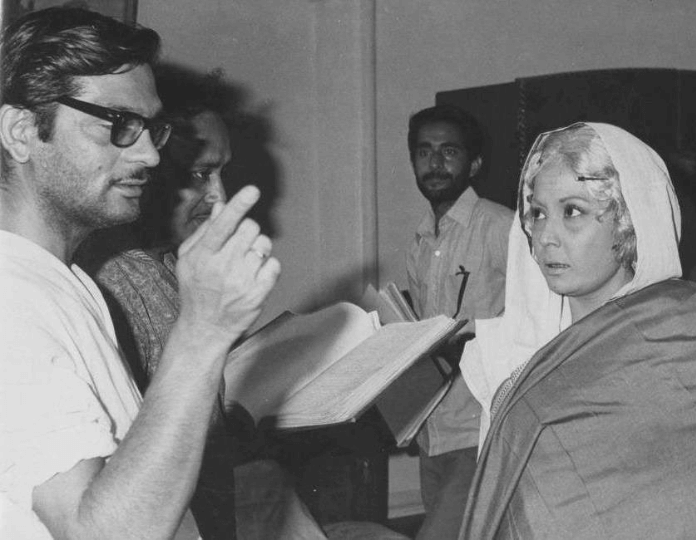
The scene in which Anandi Devi arrives in the city encapsulates her hope and subsequent disillusionment. Her realisation that she has been deceived into servitude is portrayed with a heart-rending subtlety that sets the stage for her character’s journey. Soon, Anandi finds herself living in a slum with two beggar children and starts to care for them. The bond that forms between Anandi Devi and a child beggar is one of the film’s most touching aspects. Their interactions bring a sense of warmth and humanity to the narrative, highlighting the unlikely friendships that can form in the face of adversity.
The scene in which Anandi Devi arrives in the city encapsulates her hope and subsequent disillusionment. Her realisation that she has been deceived into servitude is portrayed with a heart-rending subtlety that sets the stage for her character’s journey.
Soon, Anandi finds herself living in a slum with two beggar children and starts to care for them. The bond that forms between Anandi Devi and a child beggar is one of the film’s most touching aspects. Their interactions bring a sense of warmth and humanity to the narrative, highlighting the unlikely friendships that can form in the face of adversity.
Aimless Youth
She also encountered the golden-hearted duo “Shyam (Vinod Khanna)” and “Chhenu (Shatrughan Sinha),” the leaders of two rival gangs consisting of unemplyed, wayward, and aimless youth. In no time, Aanandi became the “Nani Ma” of almost the entire slum and the connecting bond for all the characters.
In parallel, there is this constant fight between the gangs of Shyam and Chhenu. The raw and intense confrontations between the youth gangs are a stark depiction of the misguided aggression and the underlying despair of the youth. These scenes are a powerful commentary on the lack of direction and opportunities for the younger generation.
Aanandi tries her level best to become a sort of mediator between two gangs and is often seen reasoning with the gang members to amend their ways. A scene that stands out for its emotional depth is when she speaks to the young men about the freedom fighters, drawing a parallel between their struggles and the misguided paths the youth have taken.
and Inevitable Tragedy
In a tragic turn of events, Nani Ma was caught in the crossfire between Shyam and Chennu during an outbreak of violence after the elections. She was not successful in ending their enmity in her life, but in death, she united them as they wept for the only human being who showed them compassion and understanding.
The climax of the film is both shocking and moving, as Anandi Devi becomes an unintended victim of the gang violence. The scene is a poignant reminder of the senseless loss of life that often accompanies such conflicts, leaving a lasting impact on the viewer.
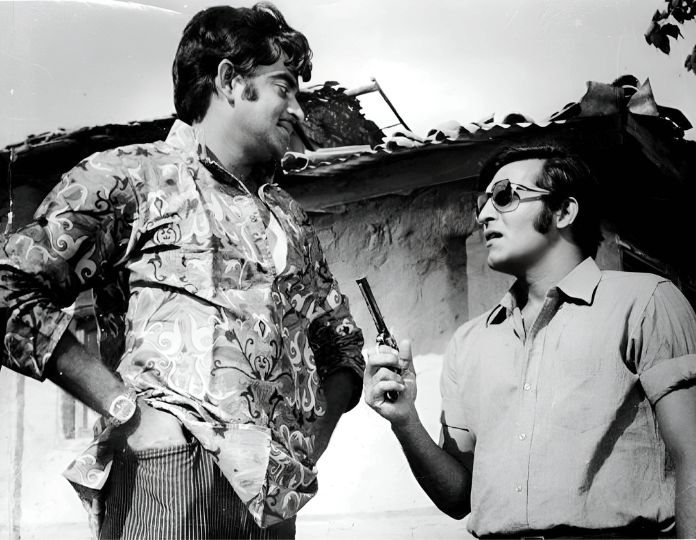

Gulzar and His Team
The ability to weave social commentary with human drama, which Gulzar learned from his Guru Bimal Roy, is evident from his directorial debut itself. Gulzar successfully shows the themes of loneliness, societal decay, the search for compassion, political corruption, the radicalization of youth, and unemplyment. A recurring motif in the film is the “Village” and the “Aam Ka Baghecha,” a promised land where Anandi wants to go back.
On a technical point of view too, Gulzar was successful in keeping the film relatable and grounded. The art direction of “Ajeet Benerjee” is on point, and viewers never get the feeling of artificiality. K. Vaikunth’s cinematography captured a plethora of emotions and often enhanced them with his supereb use of innovative camera angles and closeups.
One other standout aspect is the use of simple natural lighting, which adds a special touch and believability to the scenes. It is also one of the rare Hindi movies of that time because it has superb colour grading that is consistent and depicts the mood of the story.
The people responsible for the iconic look of Meena Kumari were “Ram Patriwar,” who does the makeup, and “Bela Agha,” who was responsible for hair styling along with Gulzar. Despite having so many similarities with the look of Chhaya Devi from “Apnajan,” Meena Ji had a distaste for appearance and mannerism, which made her portrayal both moving and real.
It’s Meena Kumari’s Story
Meena Kumari’s portrayal of Anandi Devi in “Mere Apne” shows her ability to capture the complexities of human emotions. Kumari brings Anandi Devi to life with a depth that goes beyond the script. Her portrayal is imbued with a sense of realism that makes the character’s journey from the rural landscapes to the chaotic urban setting palpable. The subtlety of her expressions, the slight tremble in her voice, and the weariness in her eyes all contribute to a character that is both relatable and endearing.
One of the most striking aspects of her performance is her ability to convey a multitude of emotions without uttering a single word. Her silent interactions are powerful; they speak volumes about Anandi Devi’s inner turmoil and resilience. Whether she’s navigating the complexities of her new urban life or facing the betrayal of those she trusted, Kumari’s performance remains compelling and authentic.
The supporting cast, including the likes of Even Verma, Asrani, Danny Denzongpa, Yogesh Chhabra, Paintal, Dinesh Thakur, Sudhir Thakkar, Ramesh Deo, Mehmood, Asit Sen, and Keshto Mukherjee, were all apt for their characters. “Mere Apne” was also the breakthrough role for both Vinod Khanna and Shatrughan Sinha.
Certain dialogues from the film, particularly those delivered by Shatrughan Sinha, like “Woh Aaye Toh Kehna Chenu Aaya Tha,” have achieved cult status and are remembered and quoted by the audience even decades later.
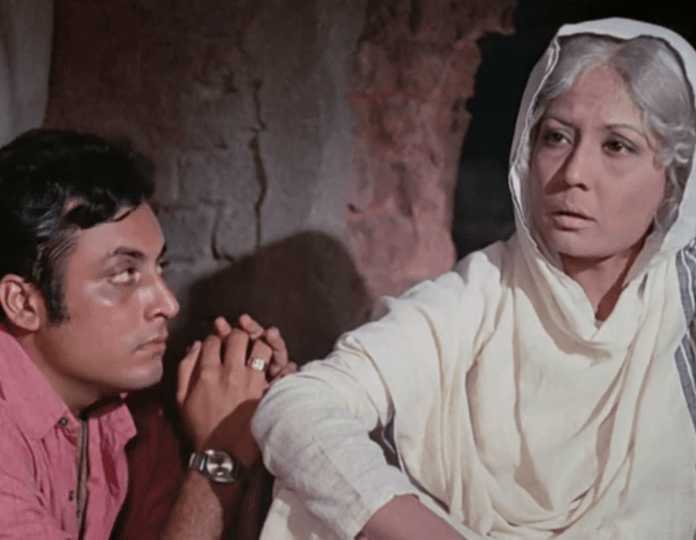
Music
Salil Choudhury’s music composition for “Mere Apne” is both haunting and melodious, perfectly complementing the film’s sombre mood. The songs like “Haal Chal Theek Thak Hai (Kishore Kumar, Mukesh),” “Koi Hota Jisko Apna (Kishore Kumar),” “Roz Akeli aye (Lata Mangeshkar),” and “Ganga Ki Bhari God Mein (Manna Dey)” are still remembered and loved.
Legacy
Apart from Meena Ji’s performance, “Mere Apne” has also been lauded for its sensitivity and the subtle yet powerful way it deals with the themes of loneliness and the search for belonging while highlighting the social problems stemming from unemployment and the resultant gang wars and political unrest. It also raises the issue of forced migration and the longing to go back to the roots, which makes it more relevant in this age of blind urbanisation and the collapse of rural economies. In recent years, we have seen the dark side of this phenomenon during lockdown.
Mere Apne on IMDB


